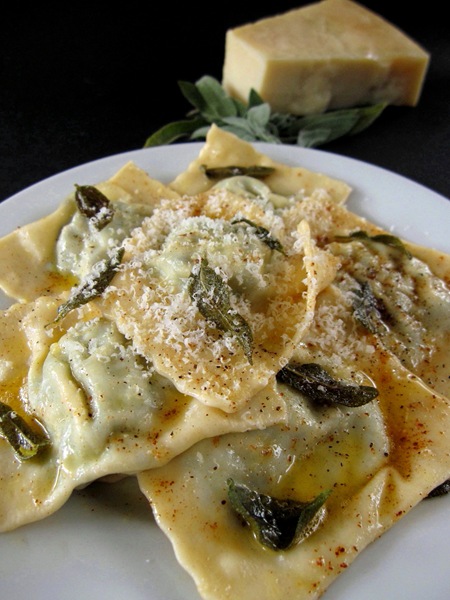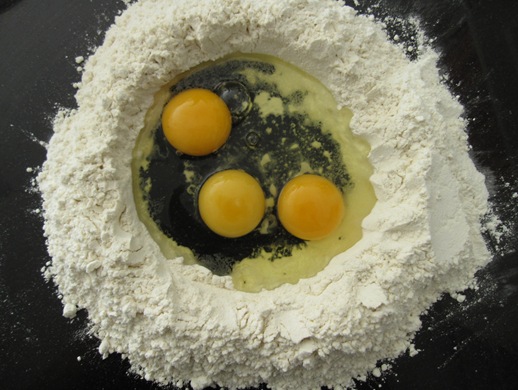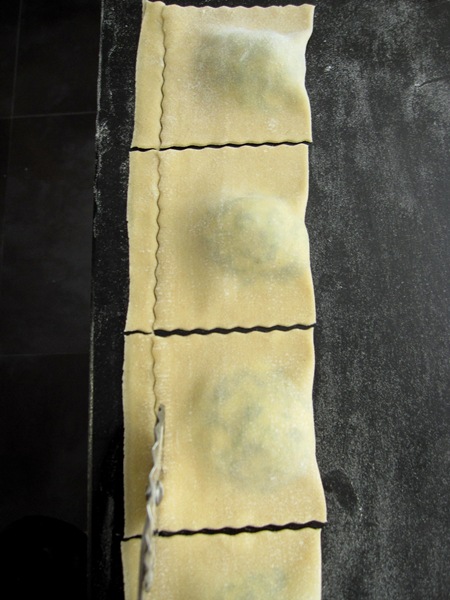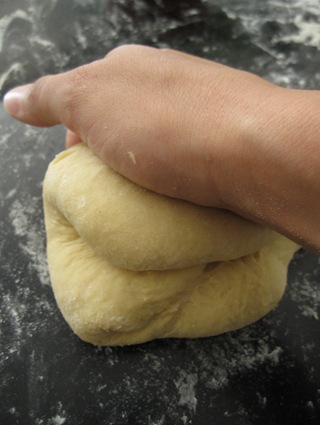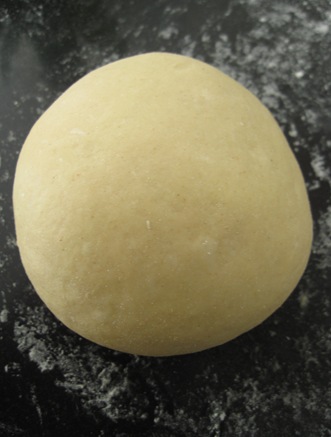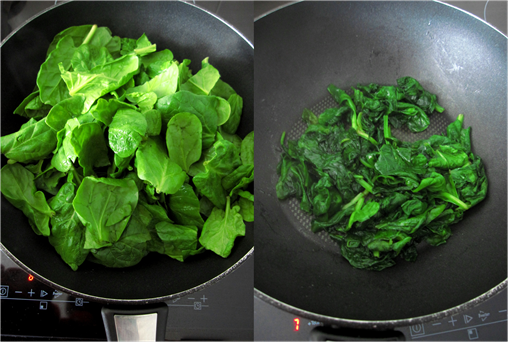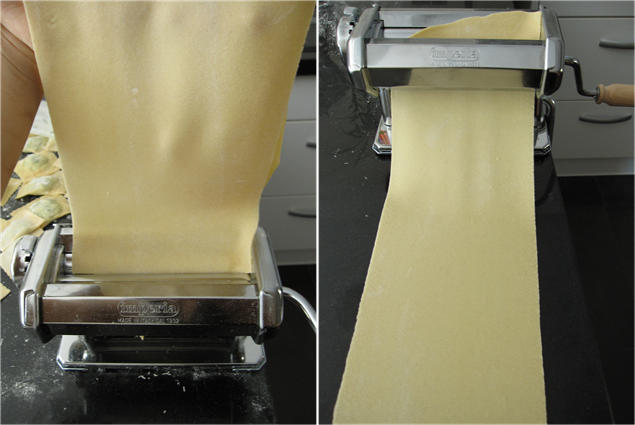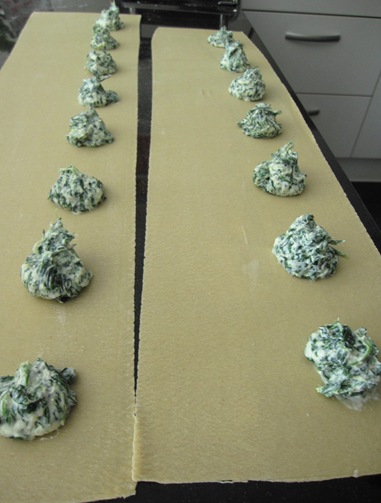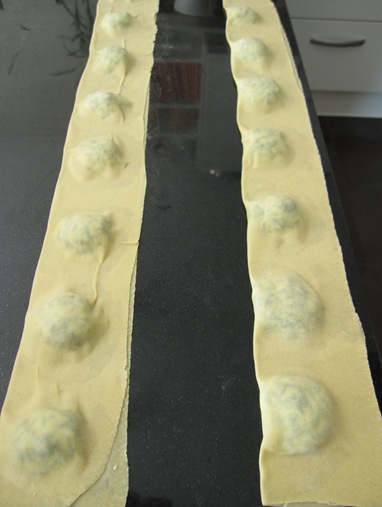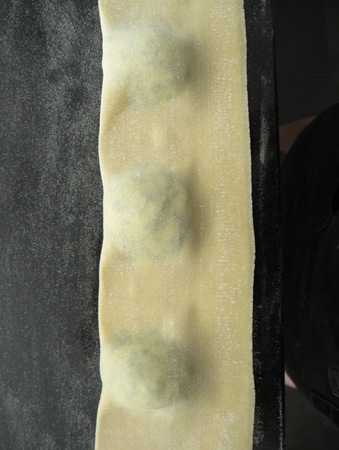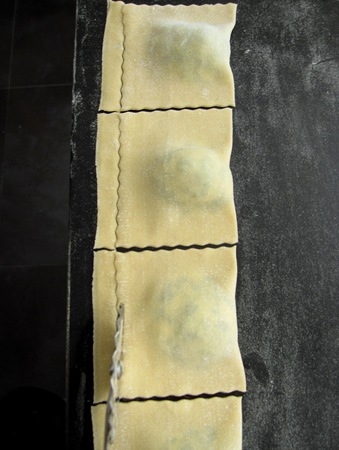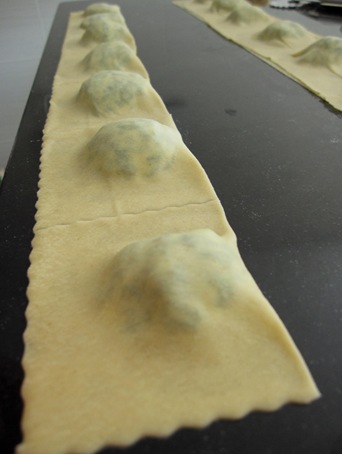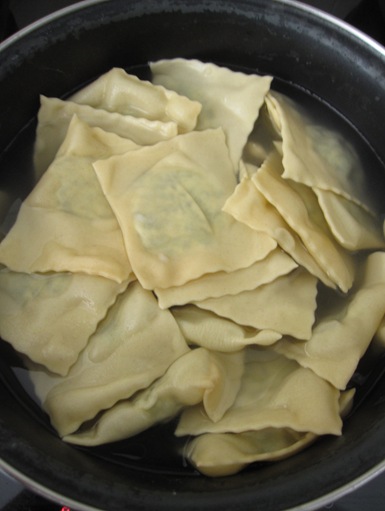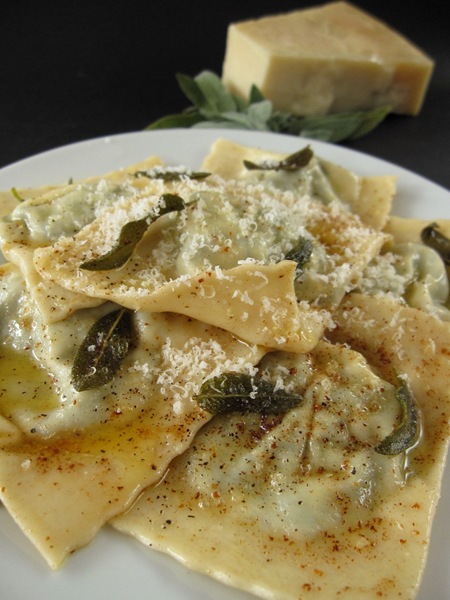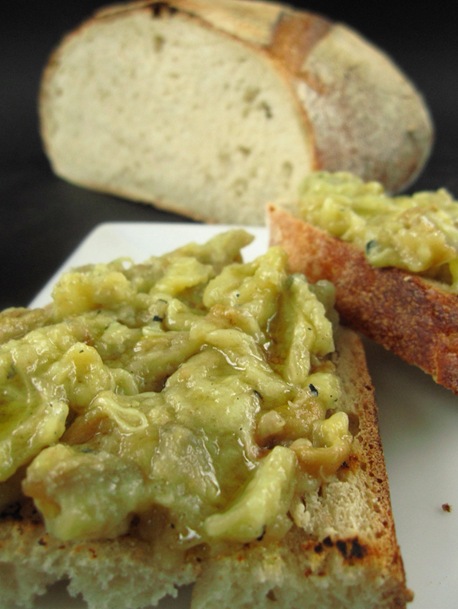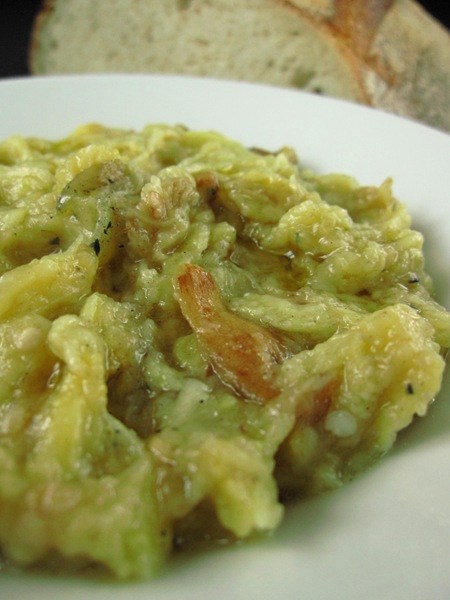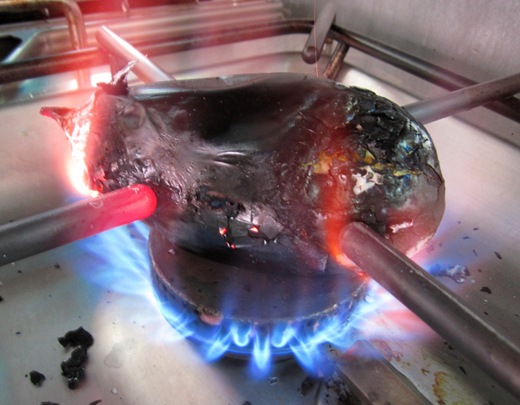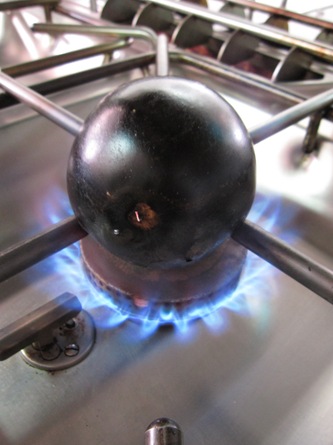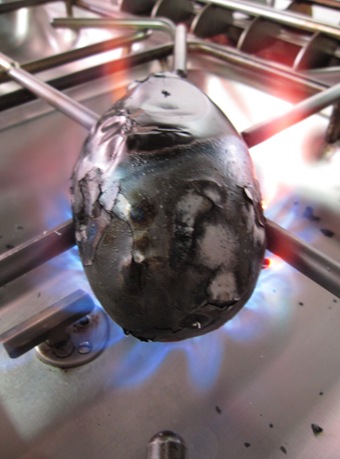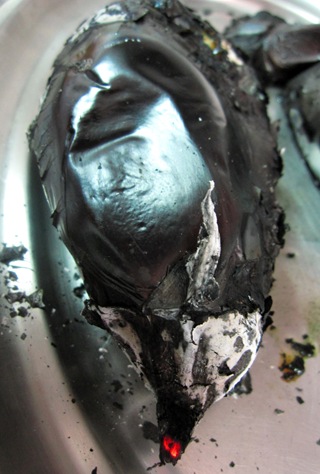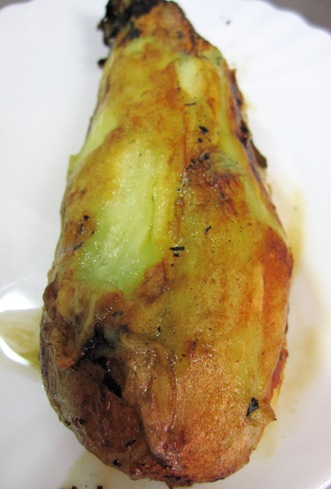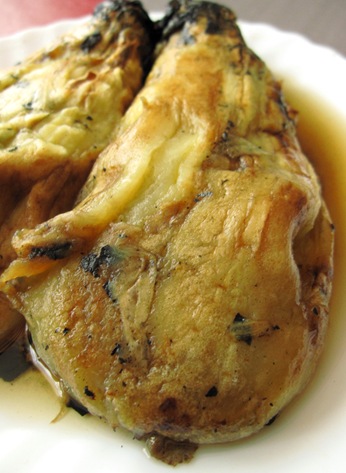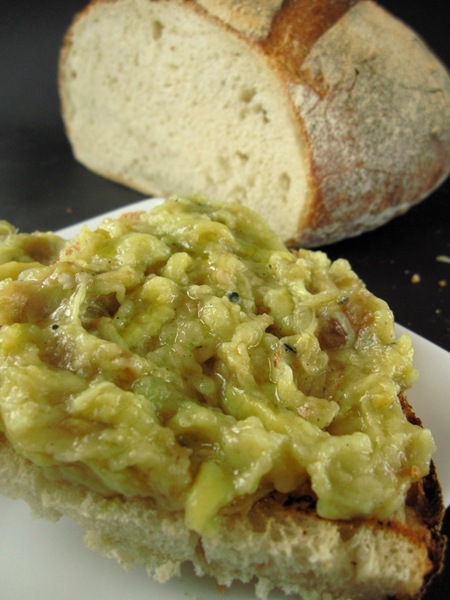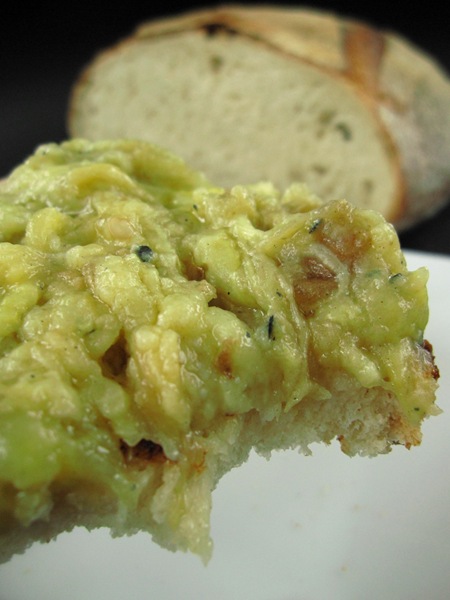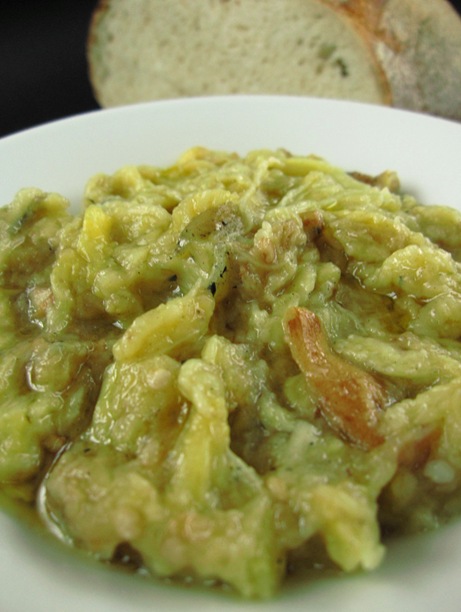
Cornstarch alfajores have been and I have to admit, still are, a continuous quest for the best recipe yet. You know, with some recipes, although to most people the results are good or even really good, to me there’s still something that doesn’t make it just right. True, I am a bit obsessive at times, what can I do? So, I give it a break testing…until the next time.
I first tried alfajores over 6 years ago in an argentinian café near my house, which now doesn’t even exist. Those were huge, about 15 cm wide or so, they must have had some corn flour (not cornstarch) added to them, as they had a specially characteristic crumbly texture and a yellowish hue (not from dyes, I’ve read in many pastries in Argentina, they are lightly coloured). Apparently an argentinian woman made them and sold them to the café. But after a few times that I repeatedly had them as a snack, one day the alfajor they brought me was completely different. I asked and apparently the lady stopped selling them so they had bought others, which were not even half as good!
Then, years later in a food chain named “Delina’s” a spanish copy of the british (I think) “Prêt à Manger” I discovered these little (well, average size: about 4cm wide) cornstarch ones. They are, to me, close to perfection, in a different way to the more rustic corn flour ones I had tried and loved before. They really would melt in your mouth, had a super crumbly soft texture that I had not found in any other alfajores I had tried up to then (whenever I saw an argentinian place, I had a go to see if they were as good as the ones I remembered).
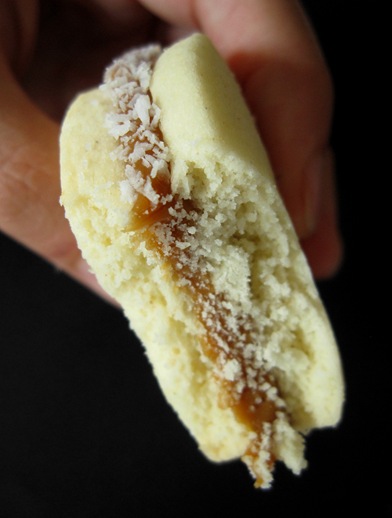
So, the alfajores I’m presenting to you are the closest I’ve come so far to that supercrumbly melt in your mouth feel. Not like the corn flour ones…which I still have to work on with both fine semolina and different corn flours. What’ special about them?… other than being a result of endless testing :)? Most alfajor recipes have yolks (or even some whole egg) in them to give them structure, but for a more crumbly, melt-in-your-mouth texture I just use cornstarch & flour, butter, sugar and the flavourings (brandy, lemon rind and vanilla) like for traditional spanish polvorones. Can you tell (from the photo) how crumbly they are but still hold their structure to shape and eat without falling apart?!
About the dulce de leche, I used to buy “La salamandra” brand, which is one of the best commercial ones I’ve tried and found here, but though not the real thing, the cooked condensed milk can trick works for me as I’m more concerned about the texture of the cookies. But if you want a fantastic dark, intense dulce de leche (this one has a great texture but doesn’t get as dark and flavourful) you can either you get it or take the time to be watching it as it reduces with the traditional method using this recipe for instance (see well explained method here).
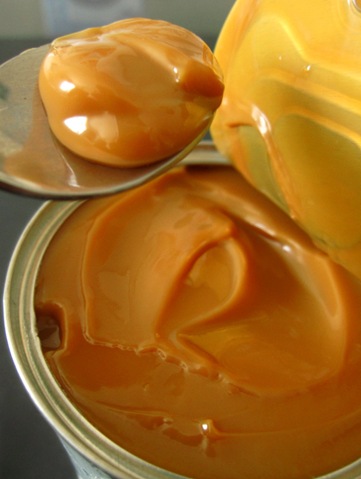
Melt-away alfajores de maizena with dulce de leche
(enough for about 15 alfajores of 4,5cm in diameter…or many more smaller ones!)
For the alfajores:
110g of cornstarchFor the dulce de leche:
45g of flour (a soft flour is best if available, like cake flour)
120g unsalted 82%fat butter
3/4 tsp baking powder (optional)
40g caster sugar (I just whiz granulated in the spice grinder)
1 tsp cognac/brandy (optional)
1/4 tsp of pure vanilla extract or substitute some sugar for vanilla sugar (optional)
1/2 tsp of lemon rind (optional)
pinch of salt
1x 370g or 400g condensed milk can (I used La Lechera, apparently different brands give varying results, but I haven’t tried)Also:
Grated coconutI’d start preparing the dulce de leche as it takes time!All you need to do is place the can in a pot that if filled with water it covers it completely and…cover it!(with water I mean). This is important, the cooking will take in between 3 to 4 hours depending on the thickness of the dulce de leche you want, and all you need to be concerned in the meanwhile is that the can is well covered at all times with water.
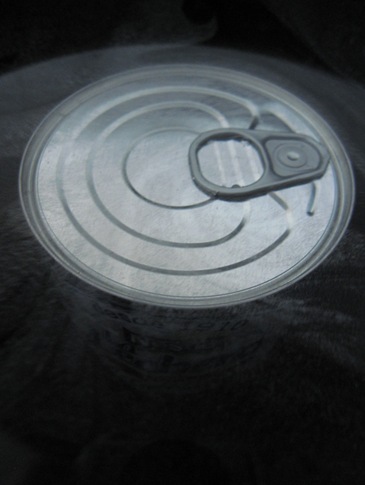
So cover it and set the timer…and forget about it, if well covered with water,until it beeps! I’ve read many warnings about this method to obtain dulce de leche saying that it can burst! I haven’t ever had a problem, all you need to make sure is to not touch it once it’s finished cooking until it is completely cool. If you open it still hot it can burst out! But if you are patient to let it cool, nothing should happen. So, I’d advice to prepare one day in advance and open and use the next day.
Also, some people use the pressure cooker…and in this case I am sceptic about security, as all cans now are easy opening, and I’m afraid it might open in this case. But if you are braver than me, you can check out the times appropriate for the same results…
Can you see how thick and nicely coloured after 3 hours. If you leave for a bit longer it thickens and darkens even more!
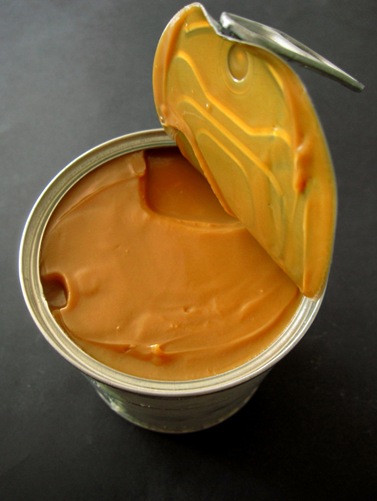
If you like it, I’d suggest you do more than one can at a time, as since it takes over 3 hours, you might as well leave them ready for other uses (they’ll still be unopened and keep for ages!)
Time to prepare the dough! I suggest you sift the cornstarch and the flour together to get a finer result, as once added to the butter and sugar mixture, as all pâtes brisées, the less you work them, the crumblier the result as you don’t develop the gluten. So, by sifting you make sure the resulting dough will be smoother.
Also, if you blend the sugar yourself to make caster sugar (actually, specially if you do, but even if it’s store bought) it’s also a good idea to sift it to make sure there are no lumps and it is all thin.
So, just cream the butter, it’s best to have it at room temperature (I just chop it up a bit and place it in the lowest power in the microwave to soften, NOT melt).
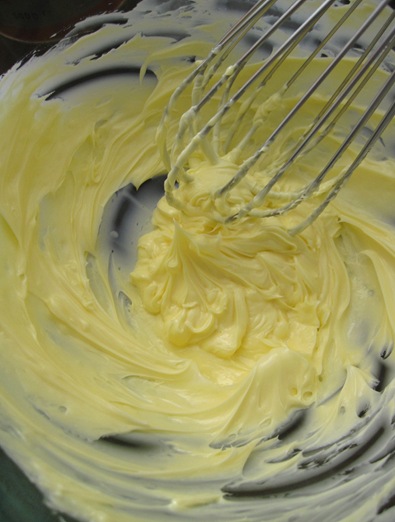
Then, add the pinch of salt and sugar. If the salt is not very fine, it’s best to either mash it to powder it with a pestle or whip for longer to make sure it dissolves.
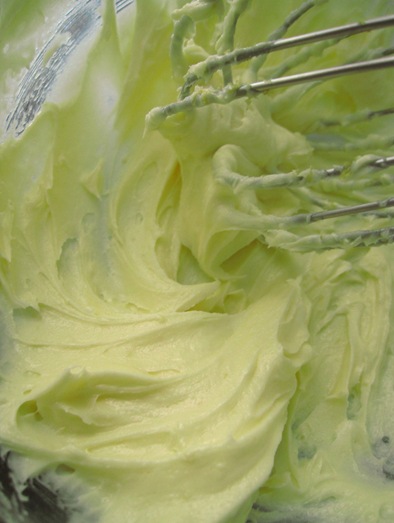
Once creamy, add the flavourings. The three I’ve used are the traditional: lemon rind, cognac and vanilla (I prefer substituting some of the sugar for vanilla sugar as both the extract or a few seeds feel too strong for my taste) but think of other possibilities you may like for versioned alfajores (like cardamom, orange rind, or coffee powder,for instance…you can also vary the filling).
Finally, when all is well blended add all the flours (both flour and cornstarch) with the baking powder (also sifted) if using: it helps lighten a bit the texture, but many times I don’t add it in. They should be incorporated into the butter mixture as quickly as possible and just until homogeneous.
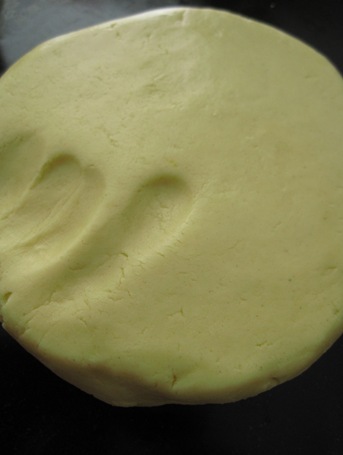
that’s it. It’s best to rest it in the fridge (wrapped in cling film) for at least half an hour, for the flours to hydrate and the butter to get harder which makes cutting off the rounds easier.
When ready, strecht it out into about 4-5 mm thick (they’ll puff slightly in the oven) so I would suggest you don’t make them thicker. Ah, I stretch it over cling film or parchment so you can lift them up easily without them sticking to the surface. Also, you can flour your rolling pin if the dough sticks a bit, to get a smooth, clean sheet of dough.
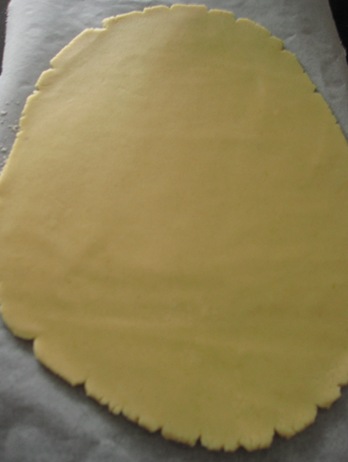
Then just cut off rounds with a cookie cutter or around the rim of a coffee cup…
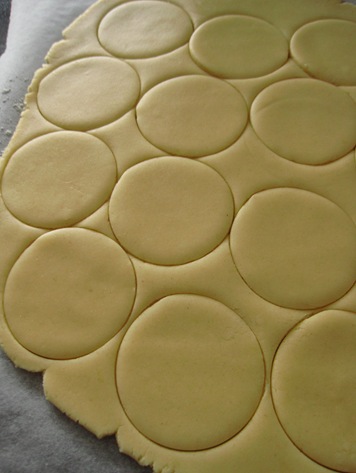
Remove the dough around each and lift each round up and place on a sheet of parchment or a silpat. And put all leftovers together and roll out again…until you’ve used up to the last bit of dough! Nothing is wasted here!:)
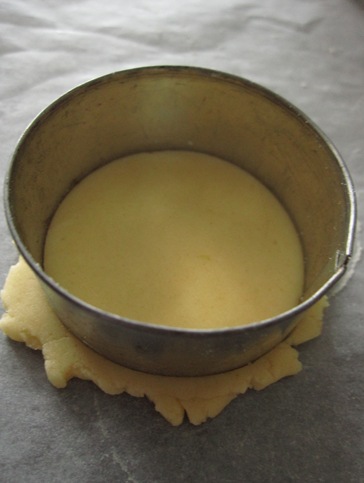
Here are the cookies ready to go into the oven…

Can you see how smooth the dough is? It’s really easy to work with.
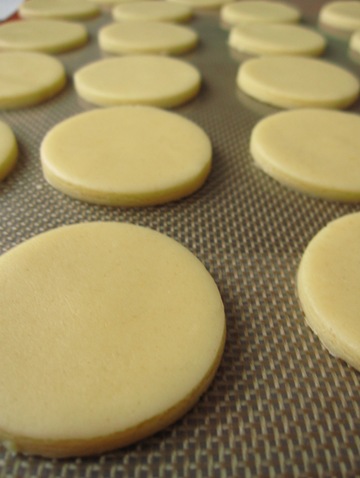
I advice, if you have space, you place them while the oven is preheating in the fridge so they spread less when they go in, as the butter is colder and takes longer to soften as the flour cooks.
Cooking times and temperatures…I’d say it depends on the result you wish: At 180ºC in about 8 minutes, or until it just begins to colour the cookie stays moister inside while being well-cooked. On the other hand, at 160ºC it still retains its shape, takes a bit longer, about 10 minutes and the result is slightly drier. I preferred the 180ºC for shorter time, but you may prefer the other texture!
And that’s it!!!They are ready to be filled in with your tasty dulce de leche or your filling of choice (nutella or any other chocolate spread, thick lemon curd (they wouldn’t be traditional any more, obviously!). I use a piping bag for this…
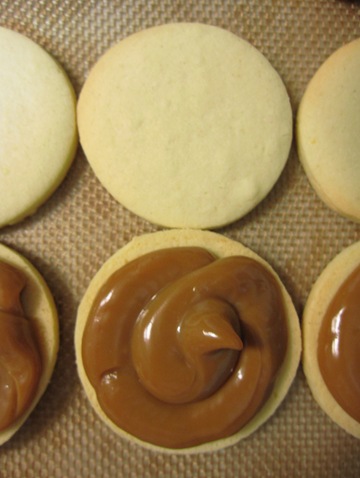
Ok, I’ve been generous, you decide how much you add…Then just put each top over the filling and press lightly so that the dulce de leche fills the whole cookie and pops out a little…to be covered with super tasty grated coconut!
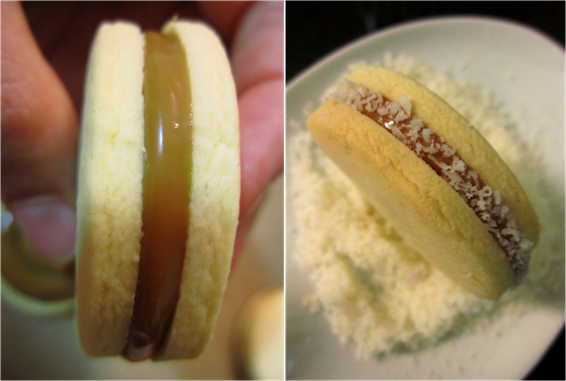
Sometimes the dulce de leche is smothered over the sides so all the sides are covered with grated coconut. I like it this way, less manipulation for these delicate beauties, but up to you to try and decide! So you have enough to sweeten up your week!

My favourite trick is to leave them at least 24 hours in a tupperware in the fridge (better after 48hrs). This is done to the “macarons” in France for best texture and is a MUST! In this case I find that the moisture distributes and the cookies are softer and blend better with the filling, if that makes sense. I do notice the difference a lot…even Linguini does, so if you can wait, keep them well covered so they do not absorb funny flavours from the fridge and leave them at least 24 hours, and decide if to your taste they improve or not! See the result?

Here’s just a few of the testing photos to show you I’m not lying when I say I’ve almost taken a master on alfajores!
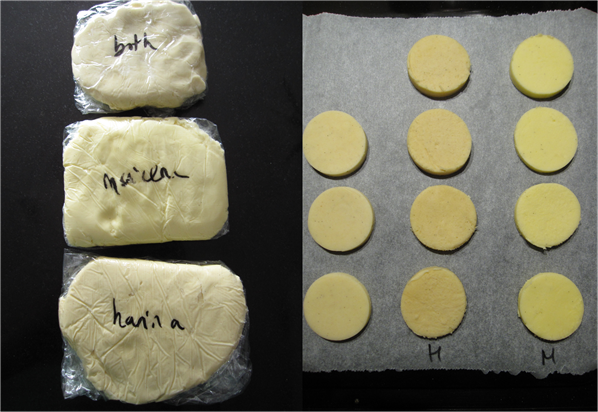
And that not all tests are successful!
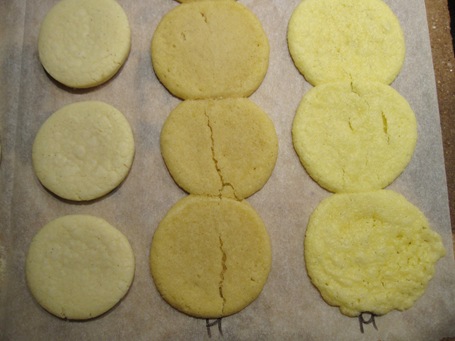
OK, the two on the right have the same proportion of butter and flours, which obviously is way to much butter to maintain the shape!! Funny the colour differences, the brownish all flour, the yellowish (from the butter) all cornstarch and the blended more white-grey:
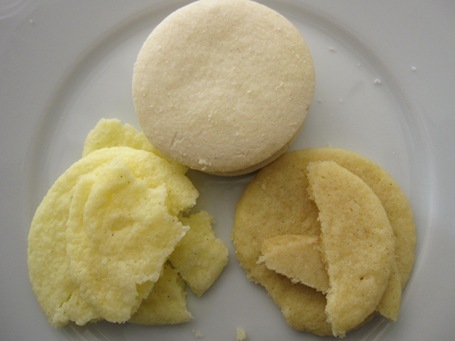
Still took some more testing to determine best cooking temperature and times with different recipes…
All this, for a little bite of heaven! I think it was worth it! I hope you enjoy them!

